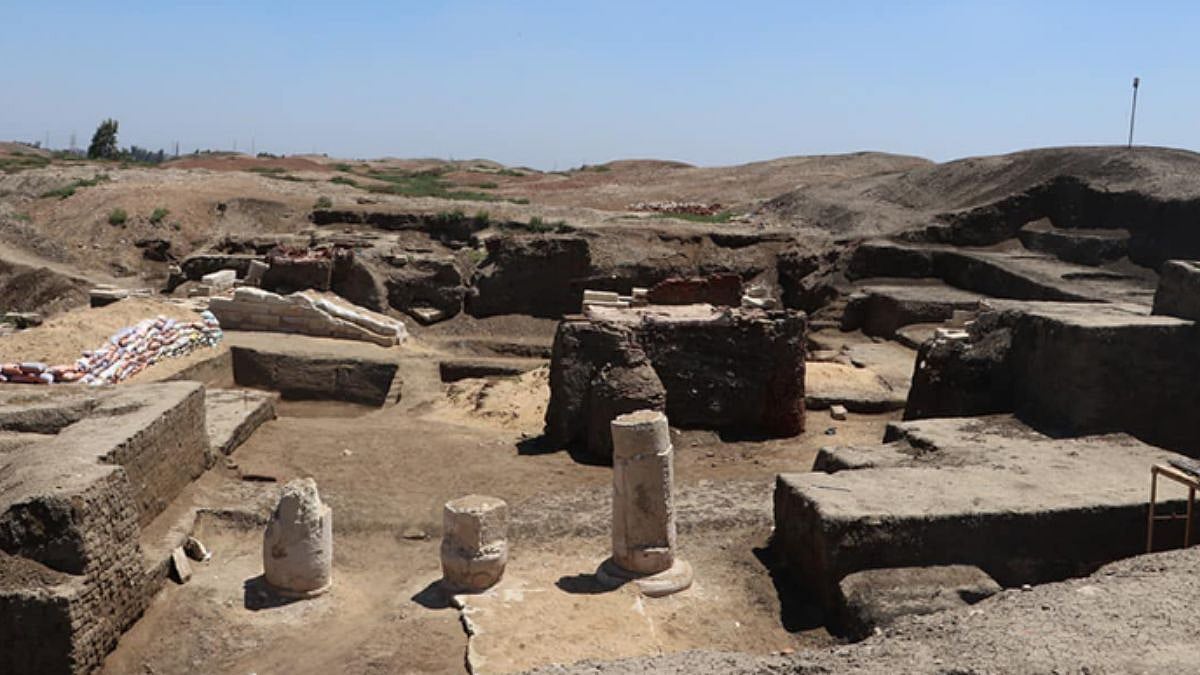An ancient astronomical observatory, built in 6th century BC, has been unveiled in Egypt. The country's Ministry of Tourism and Antiquities is calling the observatory 'first and largest'. The stunning discovery has been made in Kafr El-Shaikh in Egypt. The city is 134 kilometre away from Cairo.
Ancient Egyptians were accomplished astronomers. Sky-watchers from the ancient culture diligently observed the sky and tracked Sun and the stars. The concept of a 24-hour day and a 365-day year was introduced to the world by ancient Egyptians. Egyptian astronomers mapped the night sky fully. The culture even had their own constellations and zodiac signs.
The observatory at Kafr El-Shaikh spans 850 square metres. It has been built in an L-shape with pillars supporting the structure. The entrance of the observatory faces east, towards the sunrise. The structure is built with mud bricks.
One of the interesting finds at the site is a sloping shadow clock. Ancient Egyptians used such designs to keep track of time using shadows, just like sundials.
The experts found five smaller rooms which were probably used to store the observatory's tools. Other four mud-brick rooms and a stone room were used as observation towers.

Inside the observatory, there is a large hall painted from inside using yellow mortar. The walls have murals painted on them.
One of them depicts a ritual boat with a head of Horus, the falcon god whose eye represented the Sun or the Morningstar.
A platform made of stone is present in the middle of the hall. There are inscriptions of astronomical scenes on it.

More artifacts found in this observatory include statues of Osiris and Nemes. Osiris is one of the most important gods in ancient Egyptian culture. He was considered god of the underworld, fertility and agriculture.
Astronomy for Egyptians was deeply important. They observed the stars and kept meticulous record of time in their complex calendar. This not only enabled them to mark days of rituals but also to keep track of flooding of the Nile river.










